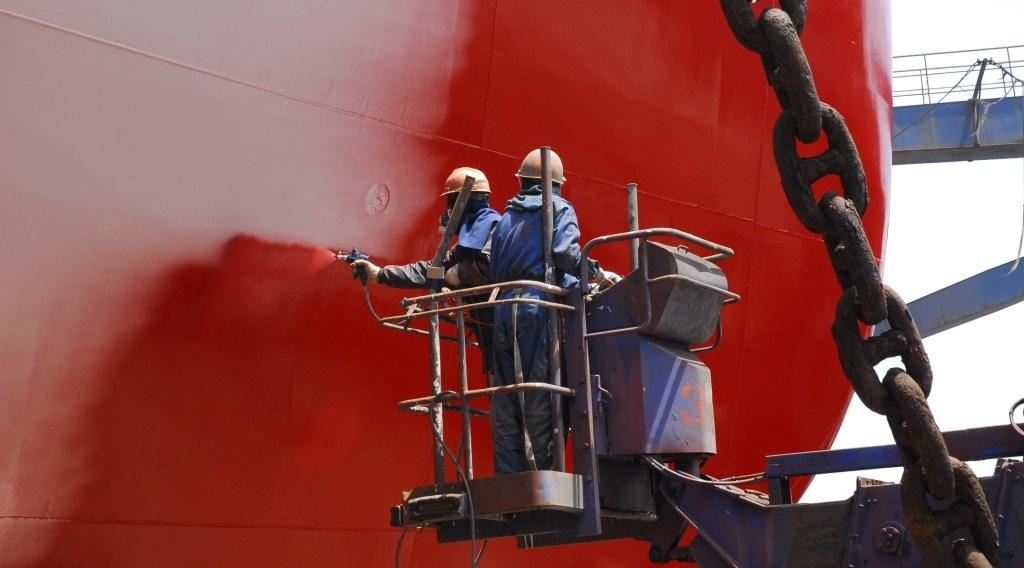Selecting the Right Marine Coatings for Your Vessel
It plays a vital role in protecting boats, ships and offshore structures from the harsh marine environment. When submerged in water or exposed to weather elements like sun, rain, wind and saltwater, steel and other materials used to build vessels can quickly corrode without proper protection from coatings. Different types of coatings are designed to safeguard vessels from corrosion, impact damage, algae growth and other detriments caused by moisture, oxygen and electrolytes in salt water. Choosing the right coatings is important to prevent damage and ensure the structural integrity of your vessel over many years of use.
Types of Marine Coatings
There are several main categories including:
Anti-fouling Coatings: Anti-fouling paints contain biocides that prevent organisms like algae, barnacles and mussels from attaching to and growing on the hull. This reduces drag and improves fuel efficiency. Self-polishing copolymer and ablative biocide-based paints are popular anti-fouling options.
Preservation/Primer Coatings: Serving as a base layer, preservation/primer coatings prepare and protect the substrate material. They promote adhesion of topcoats and fill imperfections. Common primers include epoxy, zinc-rich and vinyl.
Topcoat Paints: Topcoat paints provide the finishing protective layer. Epoxy paints offer excellent durability and corrosion resistance while vinyl paints are more affordable and ideal for lower-wear areas. Polyurethane and underwater hull paints are also common topcoat options.
Non-Skid Deck Coatings: For boat decks and work surfaces, non-skid deck coatings featuring aluminum oxide or Silicon Carbide add safety grip texture. They come in roll-on and spray formulations.
Environmental Considerations
Regulations restrict the use of biocidal anti-fouling paints containing tributyltin (TBT) due to their toxicity in aquatic environments. Alternatives like copper and zinc pyrithione based coatings have less environmental impact while still preventing fouling. Other measures ship owners can take to support sustainability include properly applying and maintaining marine coatings to avoid paint chips entering waterways, and using ablative or self-polishing types that release lower amounts of biocides over time. Choosing a certified green marine paint supplier also demonstrates environmental stewardship.
Surface Preparation
Adequate surface preparation is key to any coating system's success. This involves cleaning, sanding, scraping or solvent washing to achieve a grease-, oil- and contaminant-free surface for proper adhesion. Any pre-existing damaged coatings or rust need to be removed by sanding or with specialized surface prep tools as well. For steel substrates, blast cleaning to a "near white" metal finish (SSPC-SP 10) achieves optimal results. The surface should be dry and at least 5°C above the dew point during application.
Application Considerations
They should only be applied under suitable weather conditions and within the product's stated pot life or shelf life period. Manufacturers will specify proper application tools, techniques, dry times between coats and cure times before submerging or putting a vessel into service. Applying too thickly or thin can negatively impact performance. In areas like bows or hulls prone to more wear, extra coats or more durable paint types may be needed. It's important to follow safety precautions like adequate ventilation and personal protective equipment (PPE) when spraying marine paints as well.
Maintenance Matters
To maintain protective coatings performance over time, vessels still require regular upkeep. Fouling growth on the hull below the waterline should periodically be cleaned off to prevent drag. Damage to exposed coatings from impact or handling needs timely repair with touch-up epoxy or other paint. Maintaining zincs anodes connected to the hull also helps prevent corrosion. Inspections every couple years allow re-painting before coatings disbond or degrade, extending service intervals between re-application.
Choosing the Right Coatings for Your Vessel
With an understanding of marine coating types and proper application requirements, boat owners can confidently select products suited for their vessel's specific demands and operating environment. Consulting experts like certified marine surveyors or coating manufacturers representatives helps ensure the most durable and compliant systems are specified. Considering factors like vessel use (fishing, sailing, workboat), sea conditions, regulatory areas and both initial and long-term costs yields the right marine coatings investment. Proper selection and maintenance protects the hull and superstructure from corrosion and damage, preserving the boat's value and safety for many enjoyable years on the water ahead.
Navigating the Growth: Trends and Opportunities in the Marine Coatings Market

